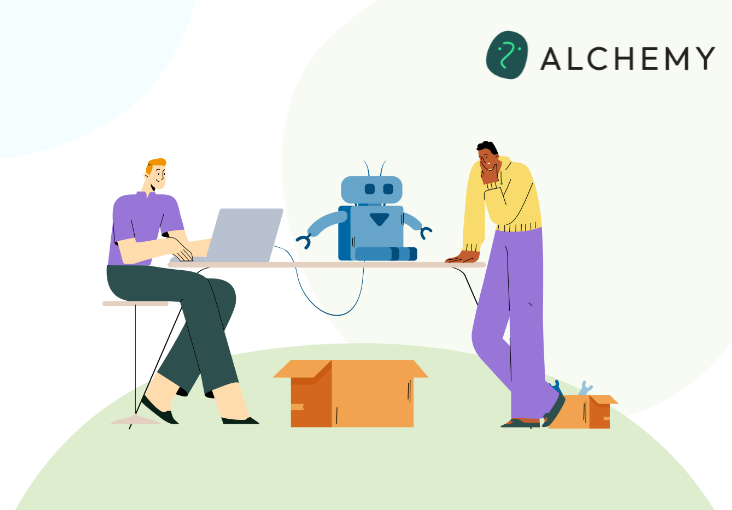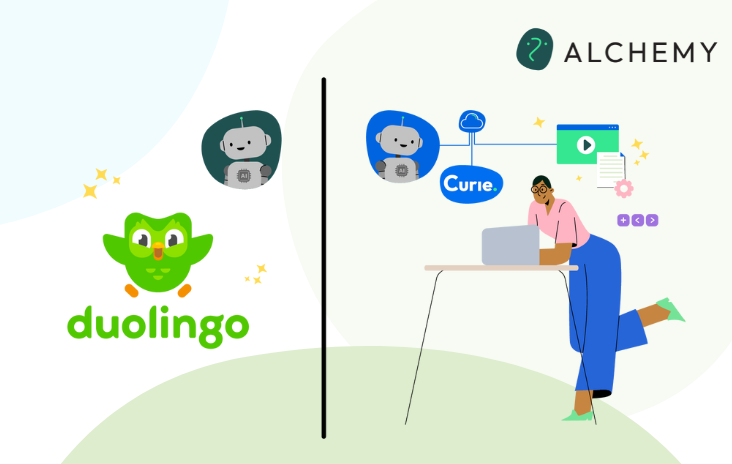Article
Creating Authentic Learning Experiences

“If you give someone a fish, you feed them for a day. Teach them how to fish, you feed them for a lifetime.”
What Is Authentic Learning and Why Does It Matter?
The term authentic learning refers to instructional techniques focused on connecting what students are taught in class to real-world issues, problems, and applications. Students are more likely to be interested in what they are learning, more motivated to learn new concepts and skills, and better prepared to succeed in college, careers, and adulthood if what they are learning mirrors real-life contexts, equips them with practical and useful skills, and addresses topics relevant and applicable to their lives outside of school. This is the ultimate learn-by-doing approach.
What Does Authentic Learning Look Like?
Here are two examples of authentic learning from an environmental science course, illustrating how authentic activities make learning more meaningful and impactful for students.
Environmental Science Example #1: Topics Close to Home
Sample Instructions for Student Discussion in Canvas: This week, pick ONE of the topics below to discuss with your classmates in the “Topics Close to Home” forum. After your initial post, also respond to at least two of your classmates. (Hint: “Nice job!” is not an adequate response. Provide positive or constructive input they can use.)
-Write a farewell for a natural resource of your choice. It can take the form of a letter, an obituary, a poem, a song, or a visual creative work. Written items should be about one page in length.
-Find three to five cartoons/comics addressing similar issues pertaining to the environment and environmental policies. Put the images in slides. With 50-100 words per slide, share your reflections.
-Find an environmental issue that concerns the area in which you grew up or where you now live. Who are the main parties involved? What are the main concerns? Is there conflict between environmental and economic well-being?
Environmental Science Example #2: Local Fossil Fuels
The following can be done as an in-class activity (synchronous) or as a standalone assignment (asynchronous). Consider using Padlet (example below) to enable and facilitate class discussion.
Instructions: List at least five places where fossil fuels are extracted in your state and answer the following questions:
-What are the associated economic benefits to your community?
-What are the biggest environmental problems associated with the extraction or processing of the resource?
-Are routine environmental problems associated with fossil fuels more or less of a problem than those caused by spills or accidents?
-What policies are in place to minimize environmental impacts?




